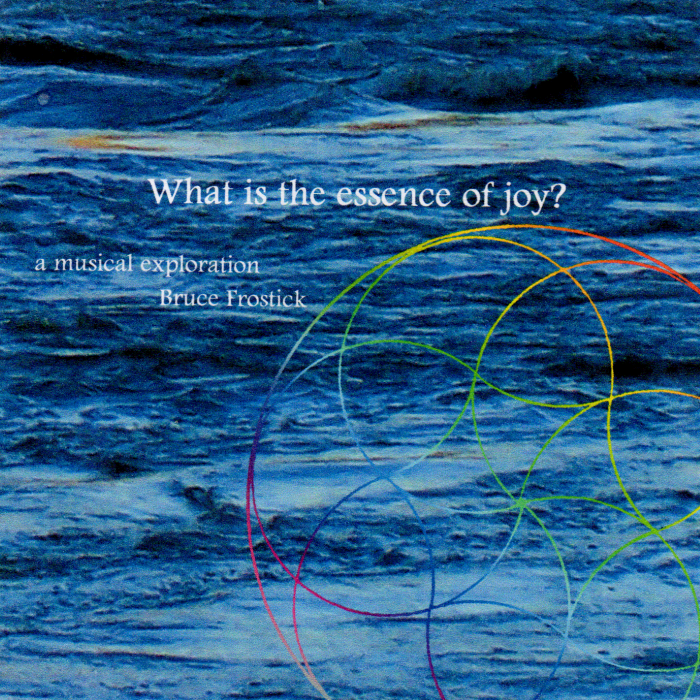
What is joy, and how can it exist?
Who are we, that we can feel joy?
Why is there a world of joy and sorrow?
These questions can be posed and answered, not just conceptually, but also through a lived awareness that gradually reveals ever deeper nows, rich in relatedness and life.
In the island locality that we call this world, music, mysterious denizen of timeless time, shares the substance of our breath and dance and patterning. And sometimes it lifts our energy-awareness from the carpet weave to heart-healing vistas of the open universe.
These pieces are all improvisations. They could be called “musical poems from the moment.” I sit down at the keyboard and just play. Random bits of memory float into mind. Sometimes the music is joyous. Sometimes there is a small audience of friends. Then it is gone. Well, not always entirely gone, because sometimes I record it.
The first half of this album is music that was preserved on cassette tapes in the early 1980s. In 1988, I created a compilation tape of new and old music, as a Christmas gift for my father, and also to have something to give to friends who wanted to hear my music. From this compilation I chose four pieces that I really like, and now present them. The piano is a Schubert studio grand.
Tracks 1, 2, and 3 arose sequentially as part of the new music created for the compilation tape.
Track 4, “Seeing Things”, arose in 1977 from a feeling that filled me as I finished reading a novel of the same name by Charlotte Painter, about a day in the life of three women from the point of view of their spirit guide.
The second half of the album, which starts at track 5, is music improvised and recorded on one or two MIDI keyboards between July and October, 2004. I recorded something every day, and selected material that met several criteria. It had to possess a certain lightness or depth or both. The execution had to be decent enough that it wasn’t too difficult to edit it into a finished piece. And it had to have a beginning, a middle, and an end, or at least a place that could be edited into an ending.
I edited the recordings to remove or adjust extraneous or sloppy notes that clearly detracted from the music, but I avoided making too many minor adjustments, so the improvisations could speak for themselves.
In tracks 5 and 7, the piano part was recorded first, then the oboe part was improvised on top, while still in the same musical moment. In tracks 6 and 12, the piano and cello parts were improvised simultaneously on two keyboards.
The oboe and cello sounds are from a Roland RD-700 keyboard. The piano sounds were improvised using the Roland SRX-02 Concert Piano expansion board, but later the MIDI recording was re-rendered using of the superior piano sounds in the Synthogy Ivory VST instrument.
Track 10, “Awakening at the Center”, is a piano solo that presents the feeling you have when you wake at 3 am and find that you are yourself. This song is used as the background music in a YouTube video by Gino Immediato, named “PHOTOGRAPHS”. Thanks for selecting it, Gino. I like the video, and the music fits it well. (It is identified there as “Awakening in the Center”, but I think “at” is better.)